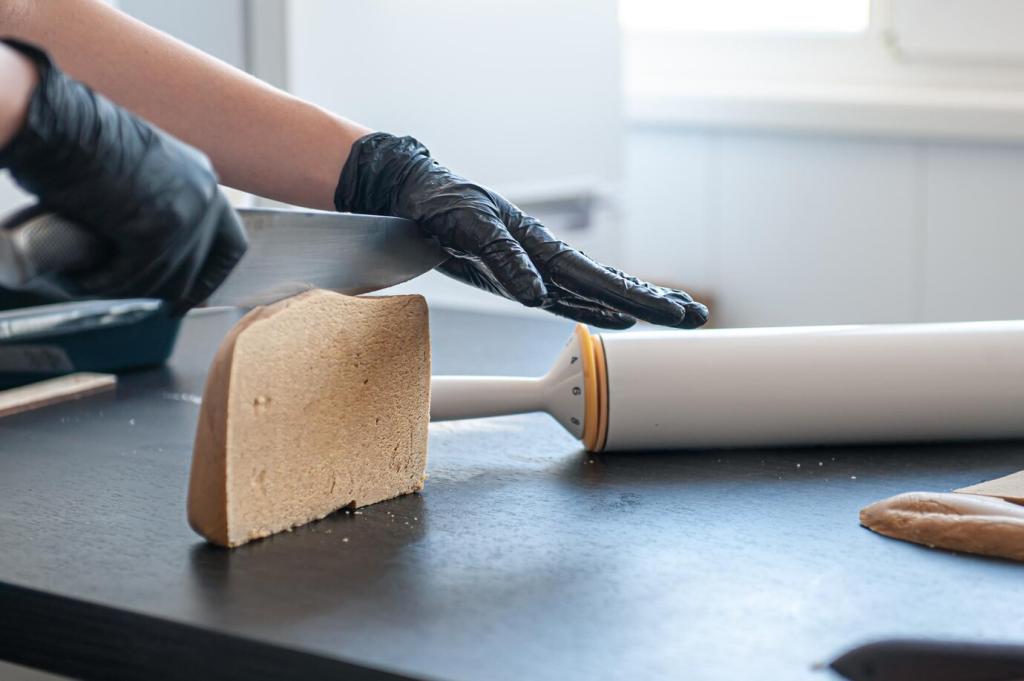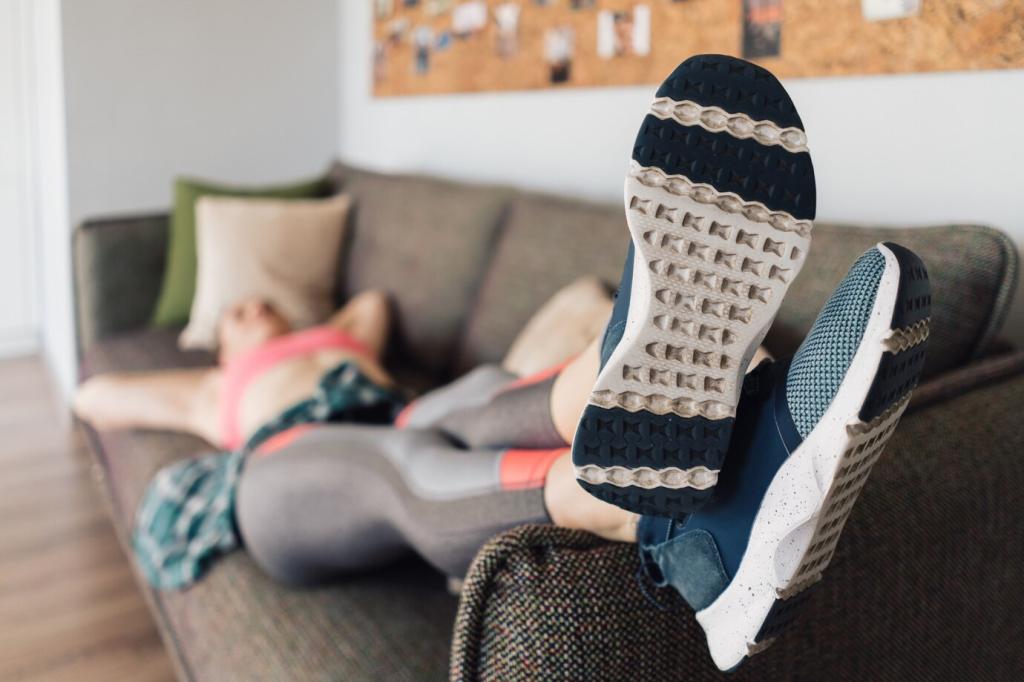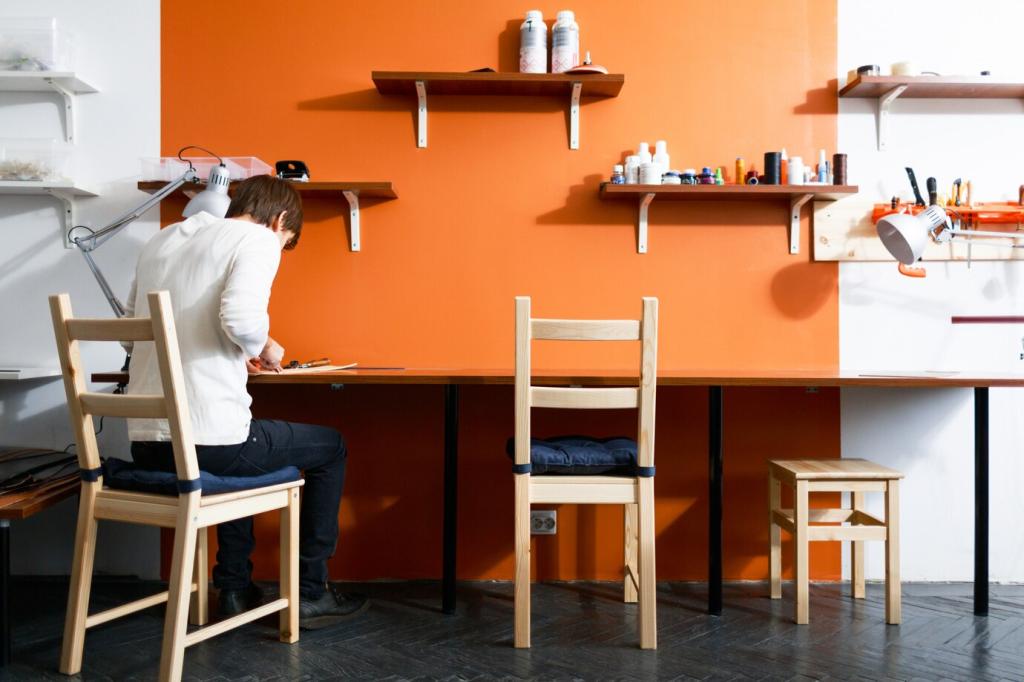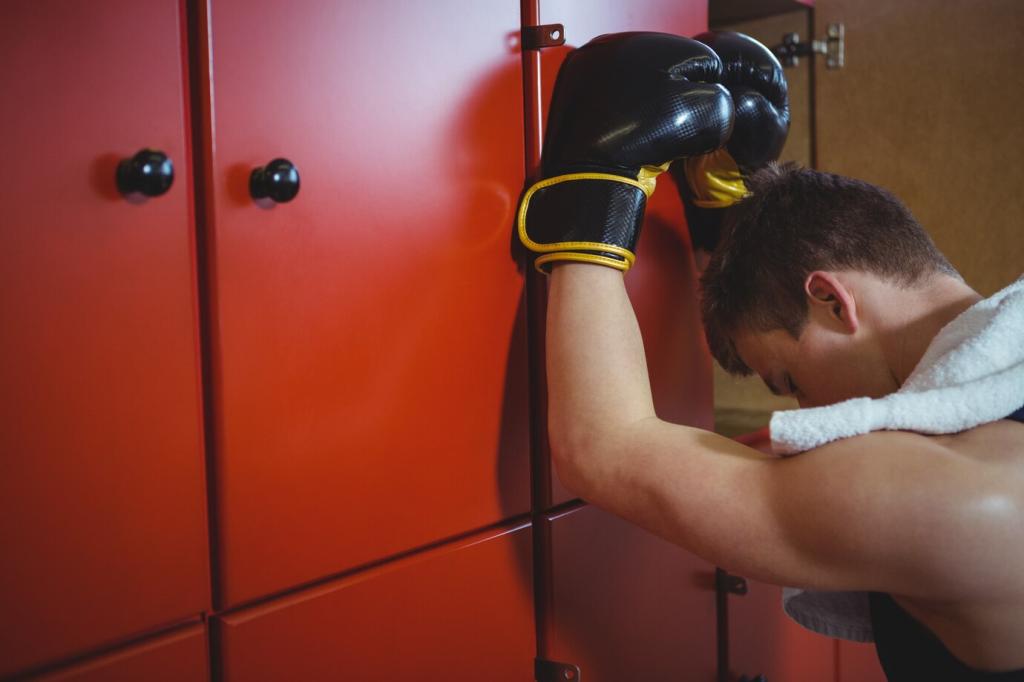Collaborative Methods for Safe Furniture Lifting
Chosen theme: Collaborative Methods for Safe Furniture Lifting. Welcome to a friendly, practical guide where teamwork turns heavy moves into smooth, injury-free wins. Explore real techniques, stories, and checklists—and share your own tips or subscribe for more collaborative safety wisdom.

Walk the Path and Clear the Hazards
Before touching the furniture, walk the entire path together. Remove shoes, rugs, toys, and low obstacles. Confirm door stops, lighting, and footing. This shared walkthrough aligns expectations and helps everyone spot hazards others might miss under pressure.
Assign Roles, Commands, and Backup Plans
Decide who leads, who follows, and who spots. Agree on a simple command set—“ready,” “lift,” “hold,” “down,” and a universal “stop.” Discuss what to do if grips slip, space tightens, or fatigue hits. A prepared crew stays calm.
Measure, Tape, and Test the Angles
Measure door frames, stair widths, and the furniture’s longest edge. Tape tricky corners to visualize turning radii. If possible, rehearse with a cardboard mock size. This collaborative visualization prevents mid-lift surprises and awkward, risky improvisations.
Team Body Mechanics and Synchronized Movement
Set feet shoulder-width, hinge at hips, and maintain a neutral spine. Match hand positions and grip height so loads share evenly. Communicate if someone’s grip feels weak or slippery. Symmetry and honesty keep everyone safer together.

Fit straps snugly, confirm equal lengths, and practice the motion before loading weight. The leverage lets partners keep neutral spines while sharing force. Communicate constantly about tension changes so one person isn’t quietly overburdened.

Place sliders under stable corners, keeping fingers clear. One teammate leads the direction while others manage drift and balance. Use short, controlled glides rather than long shoves. Sliders shine when rotating couches through doorways or easing dressers off carpets.

On level ground, a dolly makes heavy loads manageable; on ramps, it demands coordinated braking and spotting. Assign a dedicated spotter who watches wheels, edges, and hands. Slow, deliberate progress beats momentum every single time.
Communication Under Load
Use short words that carry well—“up,” “down,” “hold,” “rotate,” “step.” The leader speaks first, others confirm. If anyone is unsure, pause and restate. Misheard instructions create chaos; clarity prevents sudden twists, slips, and panic.
Communication Under Load
In noisy halls or echoing stairwells, prearrange hand signals for stop, rotate, and descend. On tight corners, a shoulder tap can signal “slow” or “halt.” Nonverbal backups keep the team synchronized when sound bounces or disappears.
Communication Under Load
Make one unmistakable word—“STOP!”—the universal brake. When heard, everyone freezes, stabilizes, and lowers if needed. No questions, no guilt. Invite readers to comment with their favorite signals so we can build a shared safety lexicon.


Tight Spaces, Stairs, and Tricky Turns
Jenna and Marcus moved a long sofa through a narrow door by rehearsing a five-degree pivot on sliders. On the day, a calm count, a spotter’s guidance, and patient micro-rotations spared the paint and their wrists. Share your best pivot tactic.
Tight Spaces, Stairs, and Tricky Turns
On stairs, the lower lifter typically bears more weight. Switch roles at landings to balance fatigue. Keep steps small, hips square, and communication constant. A third teammate can spot treads and heels, calling pauses before wobbles become tumbles.
Injury Prevention and Crew Wellbeing
Perform hip hinges, calf raises, shoulder circles, and forearm squeezes. These wake up stabilizers and improve grip without fatigue. Encourage teammates to speak up about any tightness. Prevention thrives when everyone feels safe voicing concerns early.


Debrief, Document, and Improve Together
What went smoothly? Where did communication wobble? Were tools properly sized? Did anyone feel strain? Capture details while memories are fresh. These notes refine your collaborative methods into a reusable playbook for future lifts.
Debrief, Document, and Improve Together
Your anecdotes—near-misses, clever pivots, and tool hacks—help others avoid preventable mistakes. Post a comment with your best tip or a lesson learned. Community knowledge turns isolated moves into a collective safety culture.
